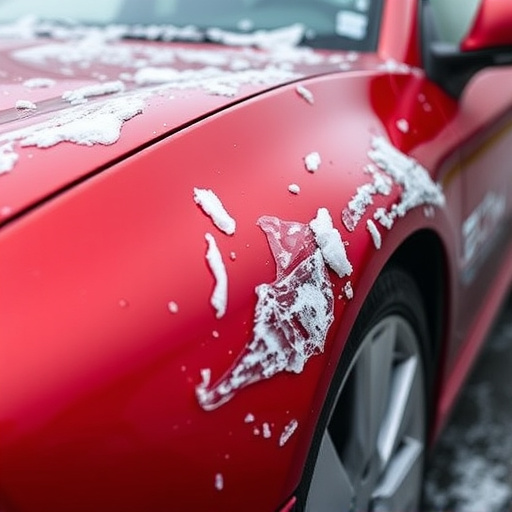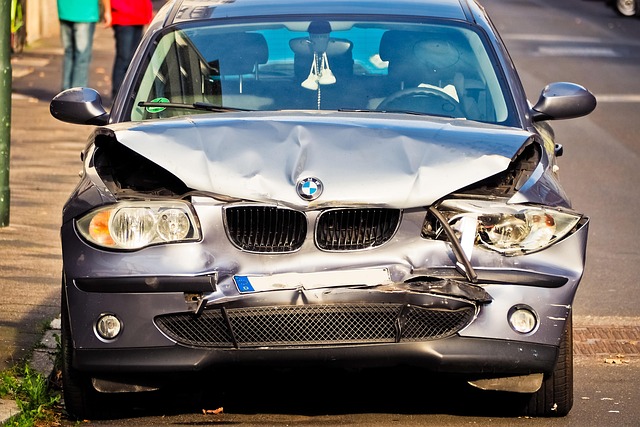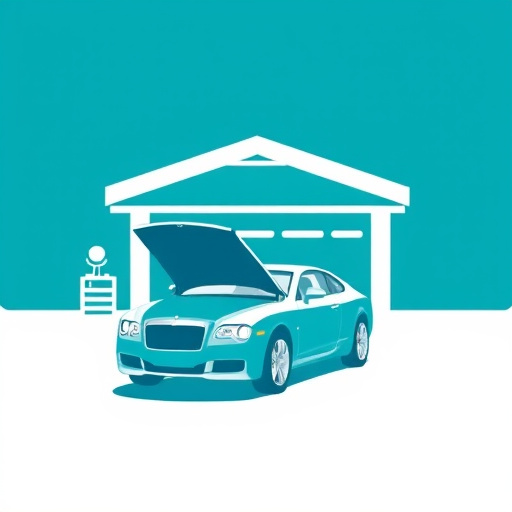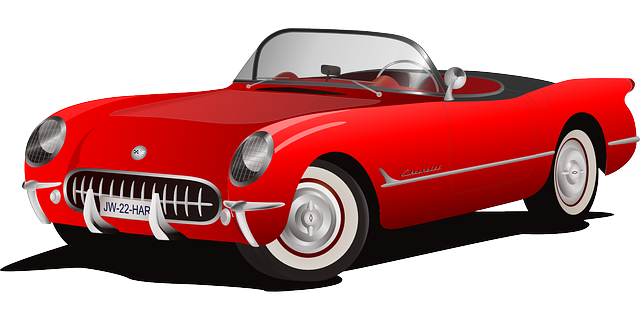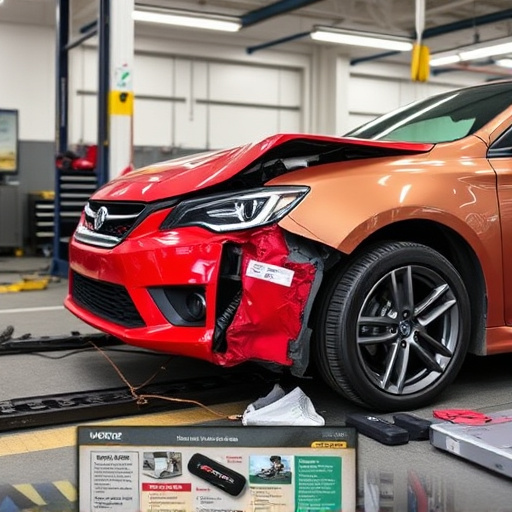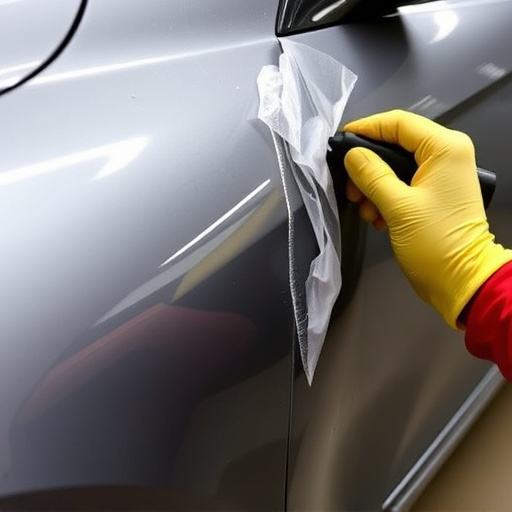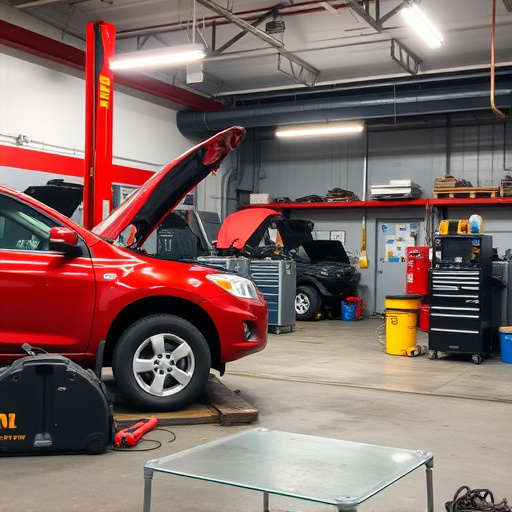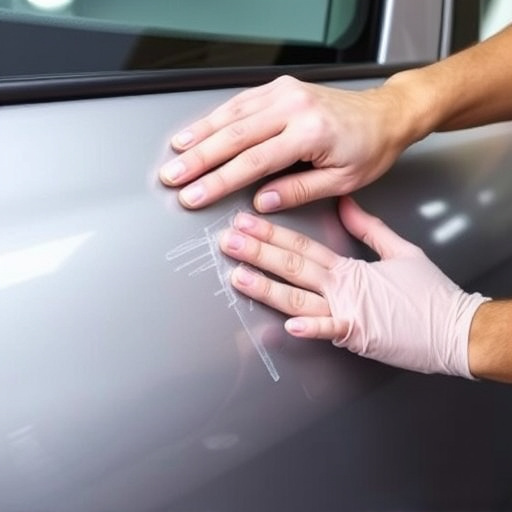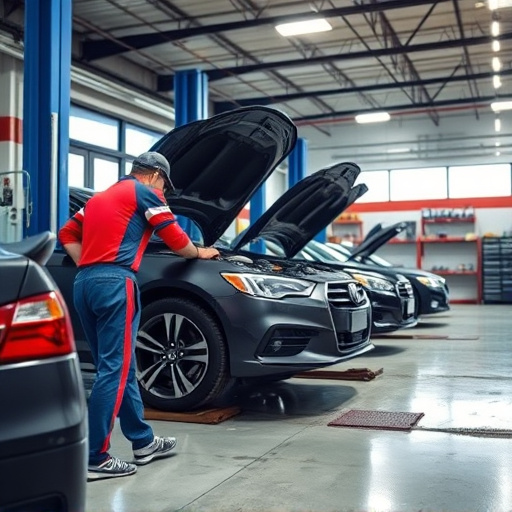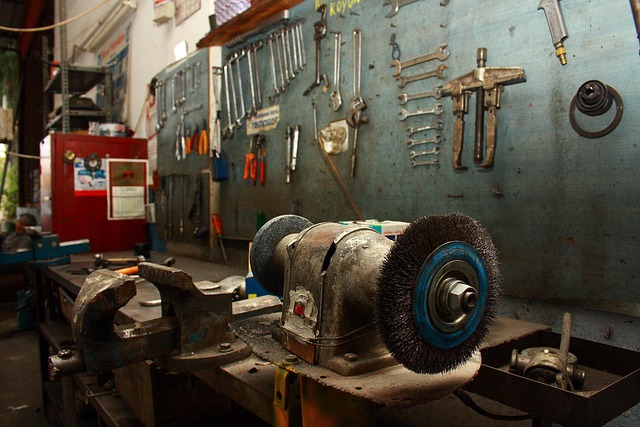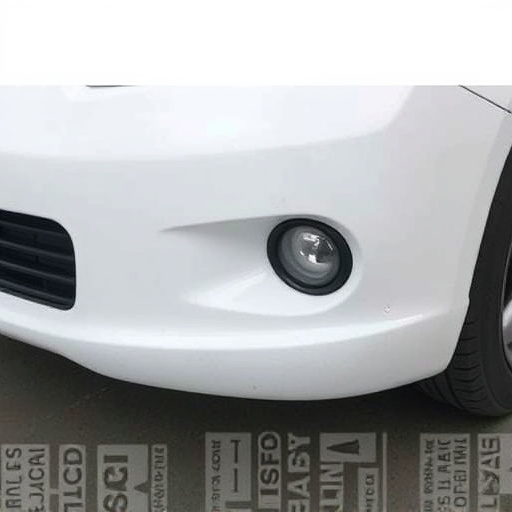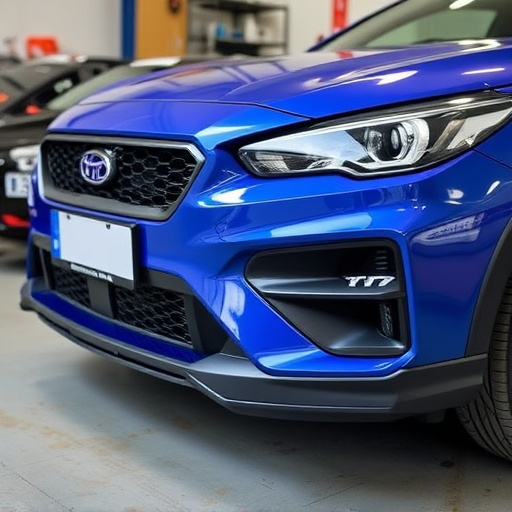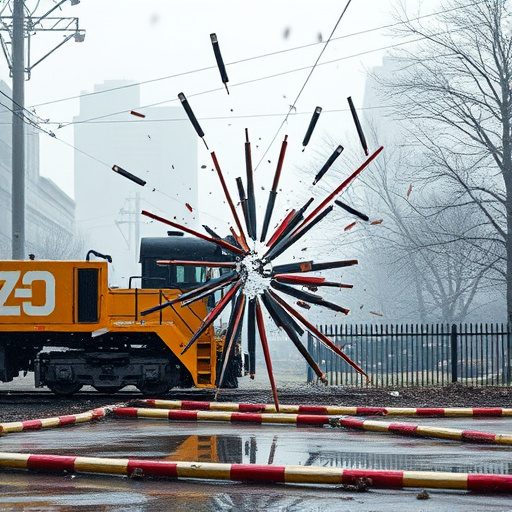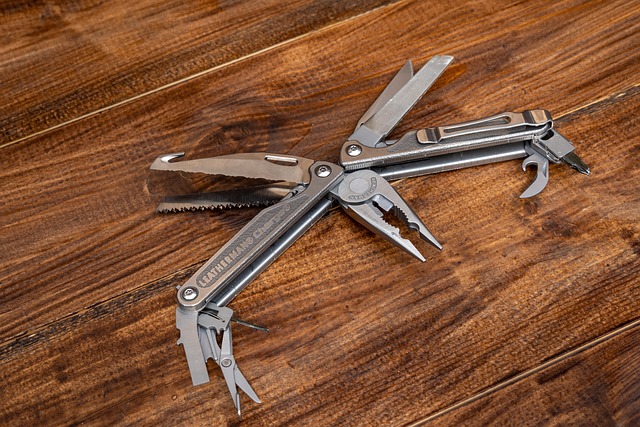3D car scanning technology revolutionizes automotive repairs for premium brands like Mercedes Benz, creating accurate digital models to detect and rectify imperfections, ensuring exact matches with replacement parts, preserving aesthetic quality and structural integrity, enhancing efficiency, reducing human error, and streamlining fleet repair services.
“Revolutionize automotive repairs with 3D car scanning technology, the modern standard for precision and innovation. This cutting-edge tool is transforming the way we restore vehicles, offering unprecedented accuracy and efficiency. In this article, we explore ‘Unlocking Repair Precision: 3D Car Scanning’s Role’ to understand its workings and benefits. We delve into ‘How It Works’ to uncover the technology behind this game-changer. Additionally, discover the ‘Future Impact on Automotive Restoration’ as this technology sets a new benchmark for restoration practices.”
- Unlocking Repair Precision: 3D Car Scanning's Role
- How It Works: Technology Behind the Scenes
- Benefits and Future Impact on Automotive Restoration
Unlocking Repair Precision: 3D Car Scanning's Role
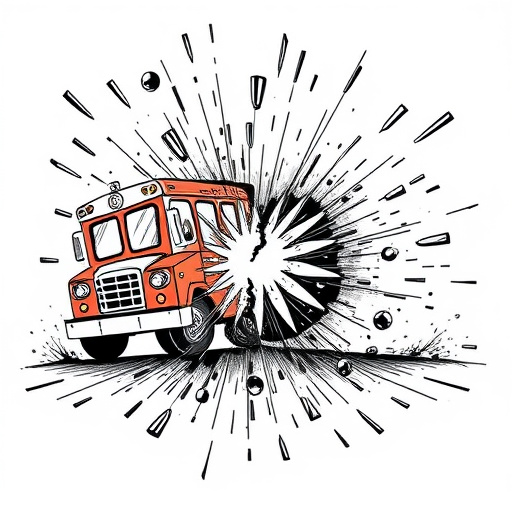
The advent of 3D car scanning technology has revolutionized automotive repairs, unlocking unprecedented precision and efficiency in Mercedes Benz repair and beyond. This cutting-edge tool captures detailed digital models of vehicles, offering a level of accuracy that traditional measuring methods simply can’t match. By creating precise 3D renderings of every curve, corner, and contour, it becomes easier to identify and rectify even the most subtle imperfections, be it in auto painting or vehicle dent repair.
This technology plays a pivotal role in ensuring repairs are not just visually appealing but also structurally sound. With 3D scanning, technicians can precisely measure and compare damaged areas against original factory specifications, allowing for more accurate replacements and refinements. This level of detail is particularly beneficial for complex tasks like Mercedes Benz repair, where maintaining the vehicle’s aesthetic integrity and original equipment quality is paramount.
How It Works: Technology Behind the Scenes
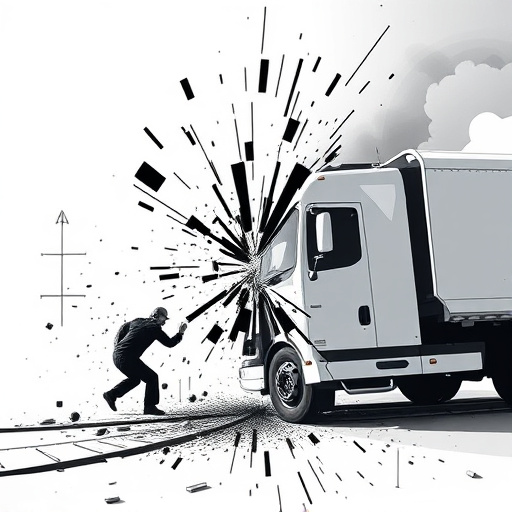
The revolutionary 3D car scanning technology is transforming the automotive industry by offering an innovative and precise approach to vehicle repair and restoration. This cutting-edge system works by capturing detailed, three-dimensional images of a car’s surface, providing a comprehensive digital blueprint of its shape and structure. With advanced sensors and cameras, the process involves quickly and non-invasively scanning every curve, contour, and crevice of the vehicle, including intricate details often overlooked during traditional measurements.
The technology generates highly accurate 3D models that serve as a reference for body shop services and collision repair shops. These digital replicas enable technicians to precisely assess damage, measure parts, and plan repairs with unprecedented detail. By comparing the scanned data against original manufacturer specifications, car bodywork can be restored to its pre-incident condition, ensuring a flawless finish. This method enhances efficiency, reduces human error, and allows for more consistent and high-quality collision repair shop services.
Benefits and Future Impact on Automotive Restoration

The integration of 3D car scanning technology into automotive restoration processes is a significant leap forward in precision and efficiency. This innovative tool enables technicians to capture detailed digital models of vehicles, offering an unparalleled level of accuracy for repairs. By comparing scanned data with original design specifications, restorers can achieve exacting standards, ensuring that each component fits seamlessly. This is particularly beneficial for complex auto glass repair and collision damage repair scenarios, where minimizing structural discrepancies is vital.
Looking ahead, 3D scanning technology promises to revolutionize fleet repair services by streamlining the entire restoration process. It allows for rapid assessments, accurate material ordering, and precise manufacturing of replacement parts. Moreover, this technology facilitates the documentation and tracking of repairs, providing a comprehensive digital record that can aid in future maintenance and enhancing overall vehicle longevity. With its ability to enhance quality control and reduce labor costs, 3D car scanning technology is set to become the new standard in modern automotive restoration practices.
3D car scanning technology is revolutionizing automotive repair, offering unprecedented precision and efficiency. By accurately capturing a vehicle’s dimensions and defects, this innovative method ensures precise restoration and custom modifications. As this technology continues to evolve, it will play an increasingly vital role in the future of automotive maintenance and customization, setting new standards for quality and performance.
